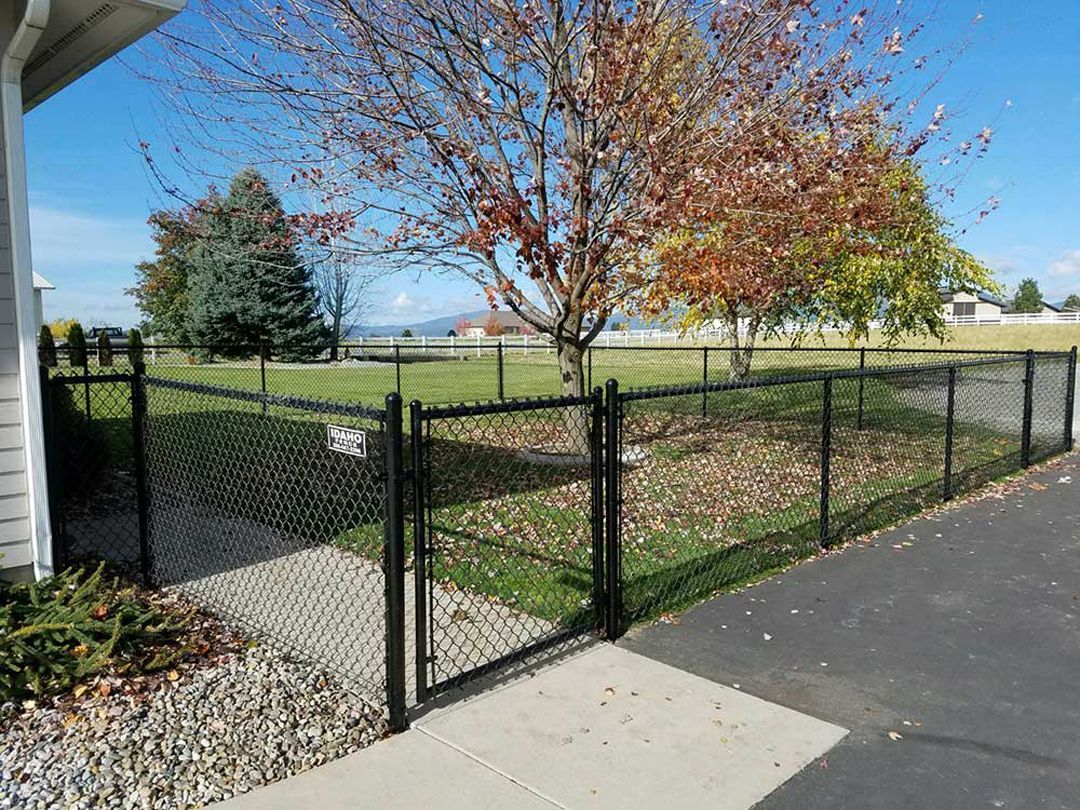How to Spot Fence Damage
Over time, your fence will experience wear and tear. Keep an eye out for leaning posts, cracks in materials like wood or vinyl, rust on metal, or sagging chain-link fences. Other signs of damage may include missing fasteners and discoloration from mold, mildew, or sun exposure.
Quick DIY Fixes
Many minor fence issues can be addressed with simple DIY solutions. For loose nails or screws, use a hammer or screwdriver to secure them. Small cracks in wooden fences can be filled with wood putty and sealed with waterproof paint or stain. Rust spots on metal fences can be scrubbed off with a wire brush and treated with a rust-inhibiting primer and paint. Tighten any sagging gates by adjusting or replacing the hinges.
When DIY Isn’t Enough: Calling in the Experts
Some fence issues are simple to fix on your own, but larger problems may require a professional. If your fence is leaning, rotting, rusted, or has damaged posts, it’s time to bring in an expert. Professionals have the right tools and knowledge to restore your fence’s stability and functionality.
How to Prevent Fence Damage
It’s always better to prevent damage before it occurs. Regularly check your fence for early warning signs of wear. Use stains, paints, or rust inhibitors appropriate for your fence material to protect it. Trim back any plants near the fence to reduce moisture and pest problems. Lastly, ensure that your posts are securely anchored to prevent leaning or sagging.
